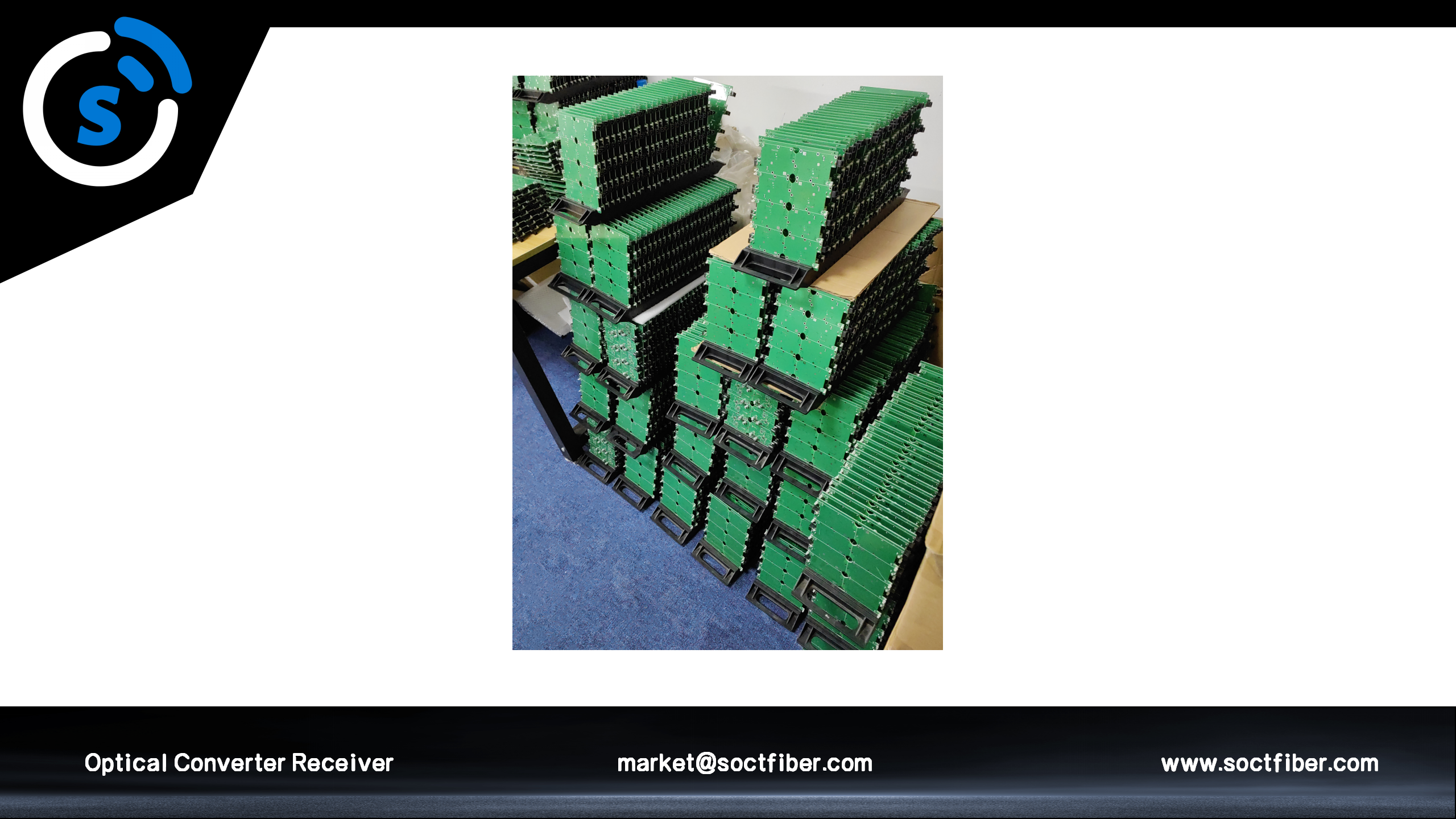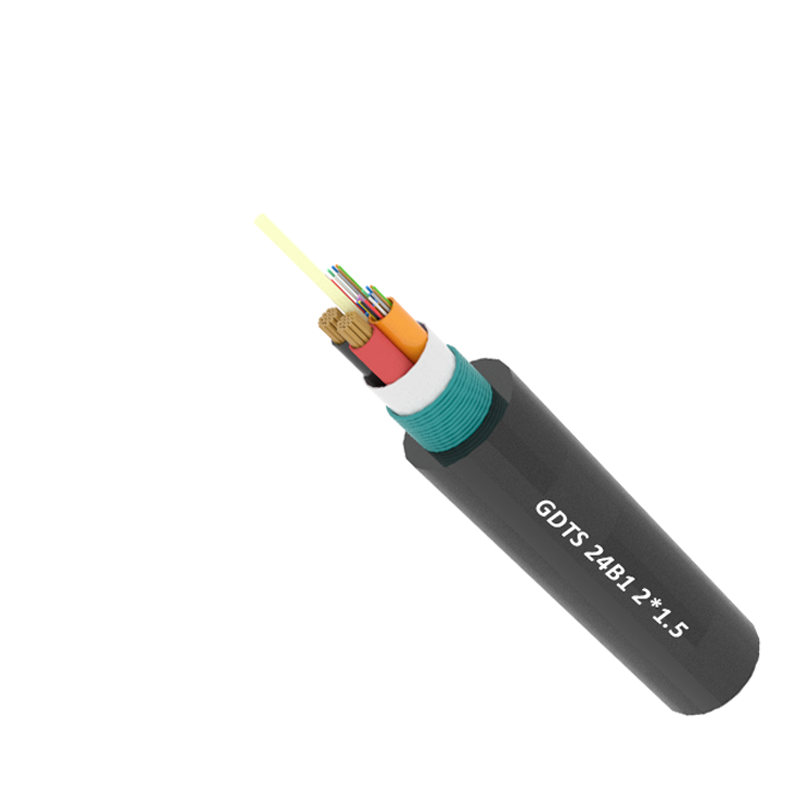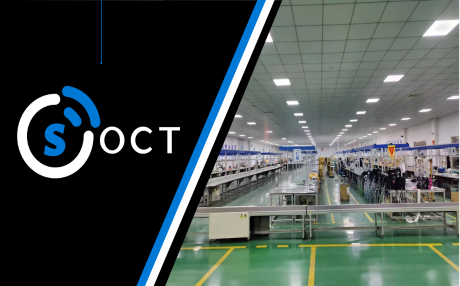direct buried cable
The direct buried cable is a specialized type of cable designed for underground installation and, unlike its traditional cousin with completely enclosed rain-proof casing or steel trunks (tube), it's sealed against water by merely applying water-blocking paint. It was developed by Zhejiang Huaseng and licensed to several companies in the 1990s. One such licensee, Shanghai Photoelectric Technology, has been testing out this new type of transmission line for its power grid since 1998 with an eye toward commercial use on their system some day (see reference article on page 10). Its main functions include transmitting electrical power or data across various distances effectively and efficiently. Technological features of the direct buried cable include a robust construction with protective layers that shield against moisture, chemicals, and temperature extremes, ensuring longevity and reliability. Moistureproof and insulated conductors are usually used. The direct-buried cables also have a strong outer jacket for protective purposes. Their applications span across utility networks, telecommunications, and infrastructure projects where traditional overhead or underground conduit installations are impractical or uneconomical. Examples of such structures include high-rise apartment buildings with no space in which to string wires overhead, or sewers designed for single-pass passage of water only.


